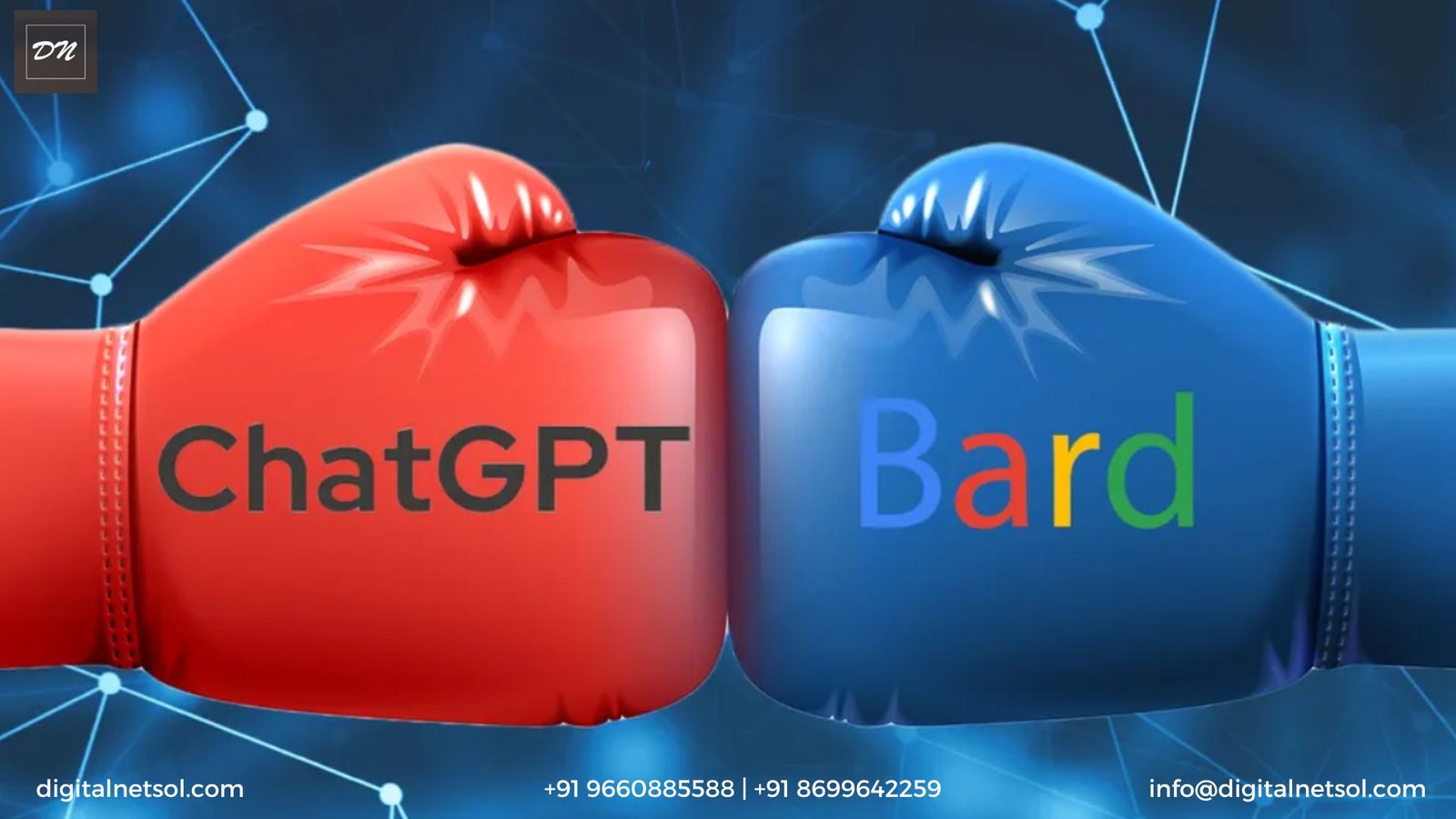
In the ever-evolving landscape of artificial intelligence, language models have emerged as one of the most exciting and impactful technologies. They have the ability to understand and generate human-like text, making them invaluable for a wide range of applications, from chatbots to content generation. Two prominent language models that have gained significant attention are ChatGPT and Google BERT. In this article, we will compare these two models to understand their similarities, differences, and respective strengths.
ChatGPT: A Product of OpenAI
ChatGPT, developed by OpenAI, is a powerful language model that belongs to the GPT (Generative Pre-trained Transformer) family. It is designed to generate coherent and contextually relevant text in response to user inputs.
Google BERT: A Product of Google
BERT, which stands for Bidirectional Encoder Representations from Transformers, is another remarkable language model created by Google. Unlike the traditional GPT models, BERT was designed for bidirectional understanding of text. It takes into account the entire context of a word by considering both the left and right sides of it. This approach allows BERT to capture nuances and relationships within language more effectively.
Similarities
- Transformer Architecture: Both ChatGPT and BERT are built upon the Transformer architecture, which has become the standard for modern language models. This architecture is highly parallelizable and efficient for handling large amounts of text data.
- Pre-training and Fine-tuning: Both models follow a two-step process of pre-training on a massive corpus of text data and fine-tuning on specific tasks. This approach enables them to adapt to various natural language understanding and generation tasks.
- State-of-the-Art Performance: ChatGPT and BERT have achieved state-of-the-art performance in various natural language processing (NLP) benchmarks and competitions. They are considered among the best models for a wide range of NLP tasks.
Differences
- Unidirectional vs. Bidirectional: One of the fundamental differences between ChatGPT and BERT is their approach to language understanding. ChatGPT is unidirectional, meaning it generates text from left to right and does not consider the entire context of a word. In contrast, BERT is bidirectional, capturing the context from both directions, which can lead to a deeper understanding of language.
- Task Focus: ChatGPT is primarily designed for text generation and conversation, making it well-suited for chatbots and content generation. BERT, on the other hand, excels in understanding language and is often used for tasks such as sentiment analysis, question-answering, and text classification.
- Fine-tuning Process: While both models can be fine-tuned for specific tasks, the fine-tuning process for ChatGPT may involve prompts or demonstrations to guide the model's responses. BERT, in contrast, typically involves training on labeled data with minimal task-specific guidance.
Strengths
- ChatGPT is a versatile model for generating human-like text responses, making it suitable for chatbots and content creation.
- BERT's bidirectional approach allows it to capture nuanced language relationships, making it highly effective for understanding text and performing well on various NLP tasks.
Conclusion:
In the battle of language models, ChatGPT and Google BERT each bring their own strengths to the table. ChatGPT shines in generating coherent text and facilitating conversations, while BERT excels in deep language understanding and solving various NLP tasks. The choice between the two depends on the specific application and the goals of the project. As AI continues to advance, we can expect further developments in both unidirectional and bidirectional language models, pushing the boundaries of what's possible in natural language processing.
Happy Marketing!